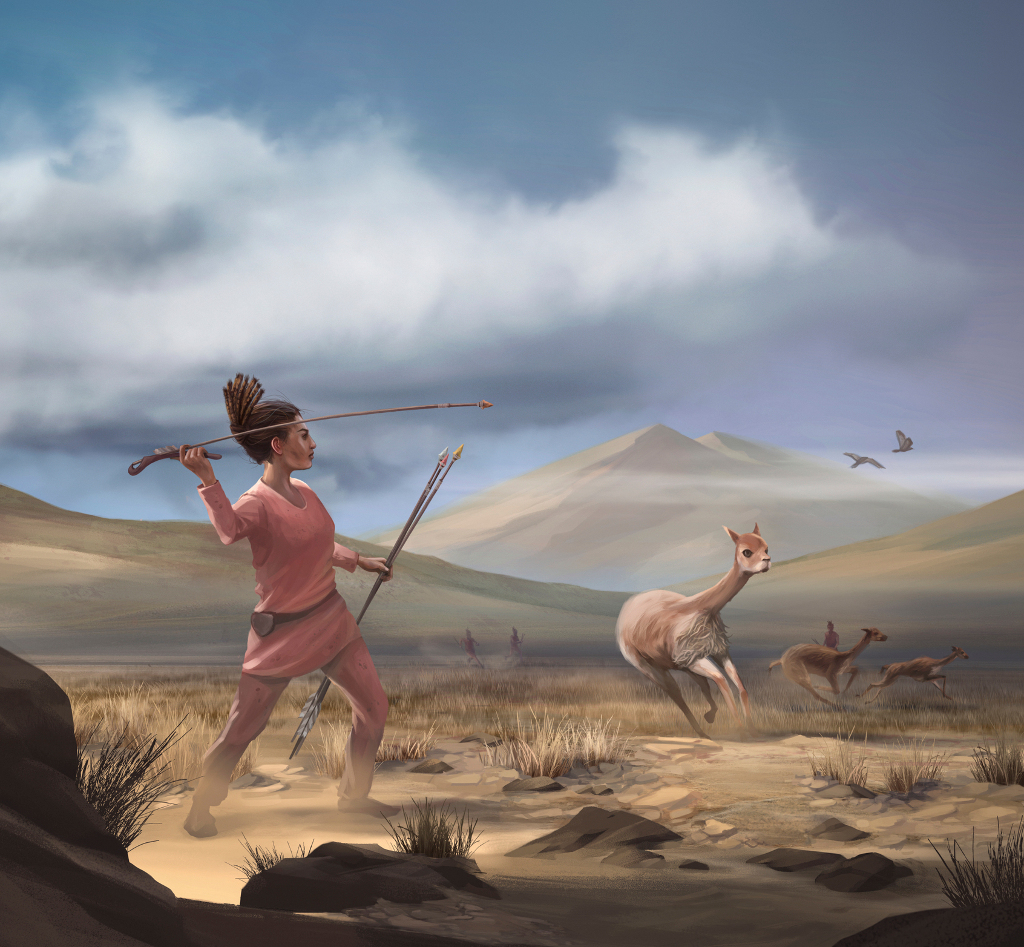“Men were hunters, women were gatherers” is common knowledge that reinforces gendered labor structures in contemporary society. Recent discovery of a 9000-year-old female hunter burial at the site of Wilamaya Patjxa in the Andes Mountains of Peru causes us to question that model. We show that the burial is the oldest hunter burial in the Americas and one of at least ten other female burials associated with big-game hunting tools 12,000-8000 years ago. The evidence suggests that females in the early Americas were big-game hunters, challenging man-the-hunter models of sexual division of labor in human societies.
Dr. Randy Haas is an archaeologist and assistant professor of anthropology in the Department of Anthropology at the University of California, Davis. He earned his Ph.D. from The University of Arizona in 2014 held postdoctoral research positions at the Universities of Maryland and Wyoming. His research examines the evolution of complex human behaviors among ancient forager societies. For some 200 thousand years prior to the advent of market and agricultural economies, forager economies were the only human economies on the planet. Dr. Haas uses the archaeological record and quantitative methods to understand how our biology, cultures, and social organization evolved in those forager contexts. His recent work is advancing our understanding of how early hunter-gatherers of the Andes Mountains adapted to physically challenging alpine environments above 3800 meters in altitude and how cooperative social structures, potato and quinoa agriculture, and alpaca husbandry evolved between 12,000 and 3500 years ago.


